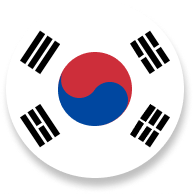Abstract
South Korea’s security environment is defined by the persistent threat from North Korea, the challenges of managing China’s rise, and vulnerabilities from economic interdependence amid US-China rivalry. North Korea’s nuclear advancements and ties with Russia heighten regional tensions, while China’s assertive actions strain relations despite critical economic ties. South Korea’s trade dependency adds further risks, underscoring the need for supply chain diversification. In response, South Korea aims to balance security imperatives with economic stability. The Yoon administration’s Indo-Pacific Strategy emphasizes alignment with US objectives while maintaining inclusiveness toward China.
North Korea: The Persistent Nuclear Threat
North Korea remains South Korea’s most immediate security concern, with its nuclear warheads and ballistic missiles, including advanced SLBMs and ICBMs under development. Should North Korea acquire these advanced capabilities, thus being able to strike the US mainland with a nuclear weapon, it “would undermine the credibility of US extended deterrence”. The Yoon administration’s Defense White Paper (2023) highlights the perceived North Korean threat by explicitly identifying the country as an “enemy”. North Korea’s aggressive nuclear doctrine permits pre-emptive use of nuclear weapons under loosely defined conditions, further heightening risks. Recent defense-ties with Russia add complexity, potentially enabling advanced weapons transfers.
The fear is that even if North Korea nukes South Korea, the US mainland may not launch a retaliatory strike against North Korea for fear of being hit by a nuclear strike from North Korea. This concern has led some in South Korea to question the reliability of the US extended deterrent and argue that South Korea should develop its own nuclear arsenal rather than rely on the US nuclear umbrella.
China presents both a strategic risk and an economic necessity. While in the past the PRC was seen as a “land of economic opportunity”, the “THAAD retaliation” of 2016, along with rising Chinese naval activities near Korean waters, has deeply strained relations and fueled public distrust, with 71% of South Koreans viewing China negatively as of 2024 (compared to 37% in 2015). Further, retaining a liberal international order “is in South Korea’s vital interest, the weakening of that order and the resulting instability is a risk, and forces that actively seek to change that order are a threat, with China currently the leading status quo changer.” However, China remains a critical trade partner, complicating South Korea’s strategic calculus.
“In relations with countries with different ideologies and systems, so-called managed diplomacy is equally important to prevent possible crises in advance and to bring about practical cooperation in areas where it is possible (…) Managing our relations with China, in particular, is critical to our security and continued prosperity.” – Foreign Minister Cho Tae-yeol
South Korea’s reliance on trade, with exports and imports comprising 102% of its GDP in 2022, leaves it highly vulnerable to geopolitical pressures. The “weaponization of interdependence” is evident in incidents like China’s THAAD retaliation and Japan’s semiconductor material restrictions. Supply chain disruptions in sectors like semiconductors and electric vehicle batteries demonstrate the need for diversification, reflected in government plans to reduce dependence on Chinese imports of strategic minerals by 2030. Especially the US-China trade war poses a risk to the foundation of South Korea’s economic prosperity: free trade.
The US is pursuing strict public export controls and technology leakage regulations in high-tech sectors, as well as subsidized discrimination against products using Chinese materials. These policies are creating unprecedented challenges for South Korea’s manufacturing industry, which has developed close ties with China, especially the semiconductor and automotive industries.
Indo-Pacific Strategy of Freedom, Peace, and Prosperity
The Indo-Pacific Strategy, unveiled in December 2022, represents a significant shift in South Korea’s regional engagement. While aligning more closely with US objectives now, the strategy still avoids direct confrontation with China, emphasizing inclusiveness and mutual respect. This approach reflects an understanding of South Korea’s strategic constraints and economic dependencies. The strategy is therefore rooted in pragmatism: “The South Korean government has vehemently denied that the Indo-Pacific Strategy is intended to contain China,” instead framing it as a strategy “for freedom, peace, and prosperity in the region.”
Regional Contributions
South Korea’s contributions to the Indo-Pacific focus on leveraging its strengths while addressing regional challenges.
Maritime Awareness: Supporting developing countries in the Indo-Pacific region in improving their capabilities to monitor maritime activities.
Coast Guard Cooperation: Enhancing capacity to counter “gray zone tactics” by nations like China using civilian vessels serves as a key area of engagement.
Naval Maintenance and Repair: With world-class shipbuilding capabilities, South Korea can play a vital role in supporting allied naval forces, contributing to regional stability.
This summary is based on the “South Korea” report by Sang-Yoon Ma for the KAS project “Risk and Threat Perception in the Indo-Pacific” and was created with the help of generative AI.



